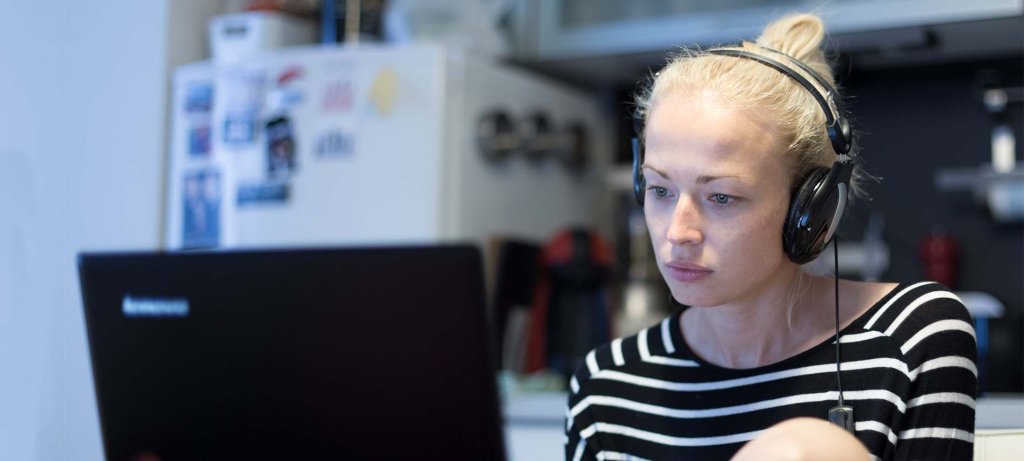Together with Learning Lab, students and teachers from all of KEA’s programme areas have developed this Code of Conduct for good online behaviour. The Code of Conduct provides guidance on how all parties to online teaching should act, so that everyone gets the best result.
KEA gets new Online Code of Conduct

Online teaching is still new to everyone, and being together online can easily create a psychological distance in the virtual classroom. At the same time, the students demand clear rules and guidelines for the use of cameras and the like in the teaching.
Therefore, KEA recommends going through this Code of Conduct with the students every time a new online subject / module starts up. Discuss briefly your use of this Code of Conduct. Reach an agreement on what good online behaviour means to you and your class — and how you can help each other stick to it.
Good online behaviour
- The teacher should adapt the teaching material to the online format.
- Teachers and students make sure to have good sound and a good internet connection.
- No hiding! All cameras must be turned on during Teams teaching. It is recommended that students should sit in an upright position and have the lights on during Teams lectures and group work, so that you can see each other's faces.
- Teacher teams should have a systematic and coordinated approach to the use of virtual platforms, and this approach should be communicated collectively. Consider which channel is best suited for the method of teaching.
- Some students are more easily lost in virtual environments than in physical spaces. It is important to focus on retaining these students through (structured) individual communication between teacher and students.
- The teachers must put extra focus on guidance, and, preferably, schedule guidance sessions.
- Teachers should adjust the number of screen-based lessons per day to the students' tolerance threshold. Consider short lessons of 20-30 min., preferably interrupted by short breaks. Remember long breaks for long lessons.
- The structure of the teaching must be clear, and a description must be available on Fronter to make it as uncomplicated as possible to take part in digital learning. We recommend that min. 30% of the teaching should be dedicated to student interaction in break out rooms, chat forums, etc.
- When videos are used in the teaching, the videos should be made available, so that the students can watch them again. Videos can be broken up into short clips.
- Establish an order of speech: The teacher must instruct how online conversations and discussions are managed, and how students can comment (jargon) and ask questions (good manners). That way, it will be easier to avoid misunderstandings that may easily arise when we cannot see each other's entire body language.
- Students seek out information: Online students are expected to study independently and search for information, exercises, Power Points and instructions on Fronter. Student motivation, discipline and commitment are important to achieving good learning.
- Group work is an important aspect in online teaching and a good way to discuss and offer a perspective on the academic content. It is important that all students should take part in different types of group work, where commitment is ensured through interaction with fellow students. When the students subsequently meet in a plenum, students should be given the floor to give feedback on the group work.

